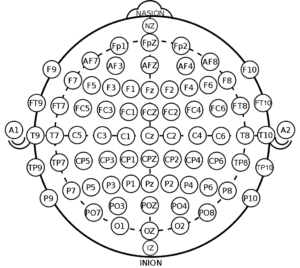We had the privilege of being invited to Italy to meet our esteemed colleagues from SPES Medica, our longstanding partner since 1996.
Read moreMore space for growth and sustainability
A new warehouse for GVB with solar panels.
We have recently opened a new warehouse. The new hall was built directly onto our previous one and offers us more space for...
Read moreTop service for our customers!
An award for outstanding customer service We are pleased to announce that GVB-geliMED has been awarded the prestigious Top Service Seal. This award recognizes our efforts to provide our customers with outstanding customer service.
Read more






